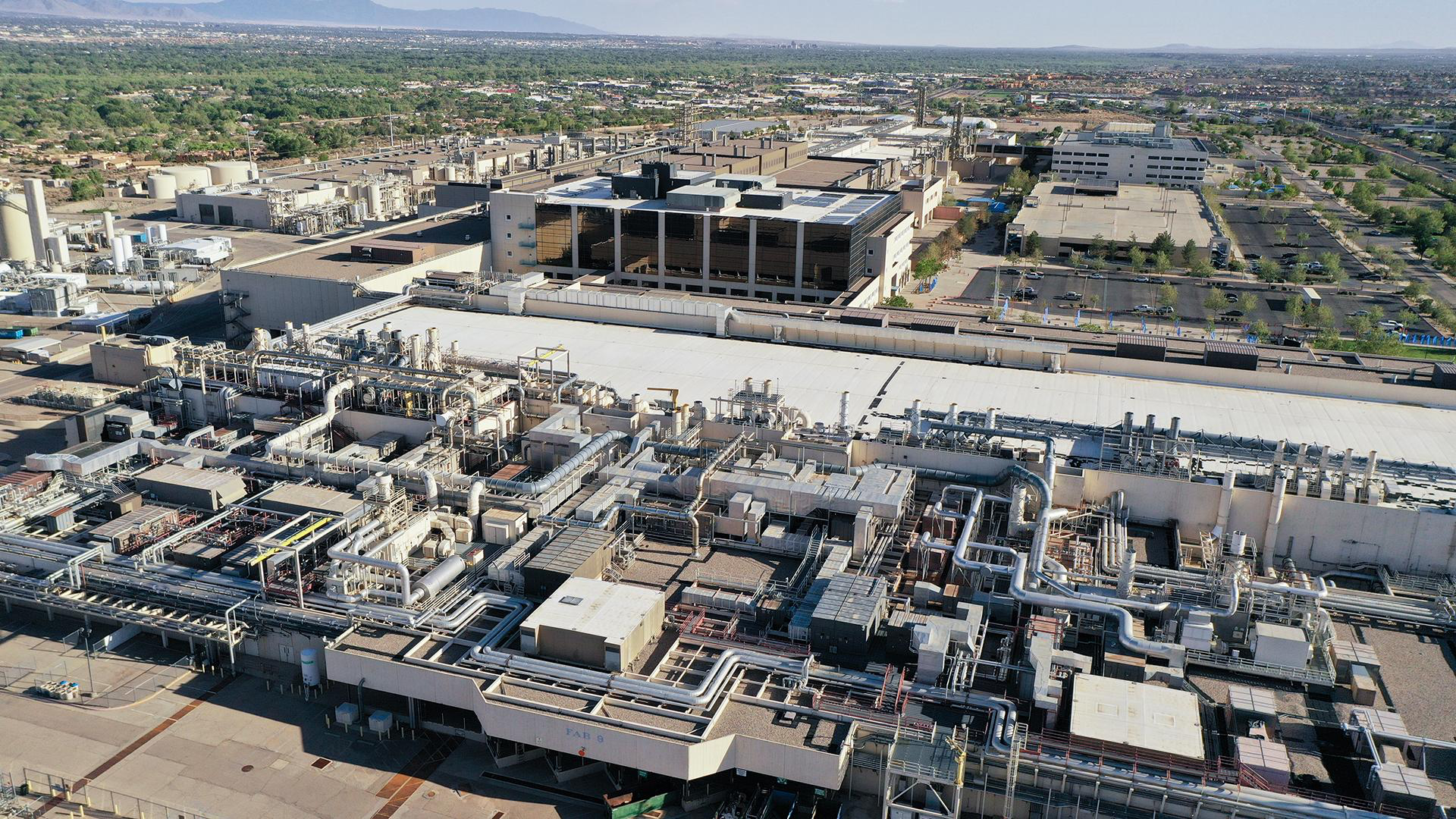U.S. govt wants to onshore 20% of leading-edge chip production by 2030
Gina Raimondo provides update on implementation of the U.S. CHIPS and Science Act.

So far, the government has received over 600 statements of interest for funding under the U.S. CHIPS and Science Act from big and small companies, and right now, it is in the process of distributing funding in a bid to revitalize the American semiconductor industry. Gina Raimondo, the U.S. Commerce Secretary, admitted that some companies are more likely to receive funding than others as one of the goals of the CHIPS and Science Act is to onshore 20% of leading-edge chips production by 2030.
"We think our investments in leading-edge logic chip manufacturing will put this country on track to produce roughly 20% of the world's leading-edge logic chips by the end of the decade," said Raimondo at a news conference dedicated to the CHIPS Act Implementation. "That is a big deal. Why is that a big deal? Because folks, today, we are at zero. […] So, a year ago, before we saw the applications, I did not know exactly what we could do. […] Today, I am confidently standing before you to say by the end of the decade, we are going to go from zero to 20% of leading-edge [chips] built in the United States of America."
TSMC mass produces chips on N3B and N3E 3nm-class process technologies in Taiwan, and these can be considered the world's most advanced production node. Meanwhile, Intel is about to kick off mass production of chips on its Intel 20A fabrication process, a 2nm-class fabrication process that could offer better characteristics than TSMC's N3B. Intel is then expected to start making chips on its Intel 18A process technology in 2025, and the company says that node will clearly outperform TSMC's competitor.
This will certainly increase the U.S.'s share of chips made using a leading-edge process technology. Still, because TSMC has more customers than Intel Foundry, Taiwan will remain the main producer of some of the world's most advanced chips for quite some time. Meanwhile, as Intel Foundry gains customers, it will inevitably become a considerably bigger player in the market of leading-edge logic, especially considering that it will have at least three major manufacturing sites in the U.S. (in Oregon, Arizona, and Ohio).
Interestingly, Raimondo seems quite optimistic about building advanced semiconductor production sites in the U.S.
"Last year, I said the goal, when we are all said and done with this CHIPS initiative, is to have at least two new large-scale clusters of leading-edge logic fabs," said the Commerce Secretary. "Each of those clusters employs thousands of workers. I am pleased to tell you that today, we expect to exceed that target."
But while producing advanced chips in America is important, what is perhaps more important is that U.S.-based companies will develop processors in the country.
Get Tom's Hardware's best news and in-depth reviews, straight to your inbox.
"By the end of this decade, by 2030, the United States of America will be the only country in the world where new chip architectures can be invented in our new research labs, including those funded by the NSTC," said Raimondo. "There will [chips] be designed in the United States for every end-use application you can think of and manufactured at scale in the United States by well-paid American workers and packaged with the most advanced technology in the world."
In addition to investing in the chip manufacturing sector, the U.S. government also plans to invest in various engineering schools across the country to ensure that there are enough specialists to work at those new fabs and build new fabs.
"Engineering schools all over the country will be pumping out more engineers and technicians trained specifically for the chips industry," said the Commerce Secretary. "We are going to make building hardware sexy again."

Anton Shilov is a contributing writer at Tom’s Hardware. Over the past couple of decades, he has covered everything from CPUs and GPUs to supercomputers and from modern process technologies and latest fab tools to high-tech industry trends.
-
MatheusNRei " "By the end of this decade, by 2030, the United States of America will be the only country in the world where new chip architectures can be invented in our new research labs, including those funded by the NSTC," said Raimondo. "Reply
How exactly do they intend to achieve that? -
35below0 Reply
...invade Taiwan?MatheusNRei said:" "By the end of this decade, by 2030, the United States of America will be the only country in the world where new chip architectures can be invented in our new research labs, including those funded by the NSTC," said Raimondo. "
How exactly do they intend to achieve that?